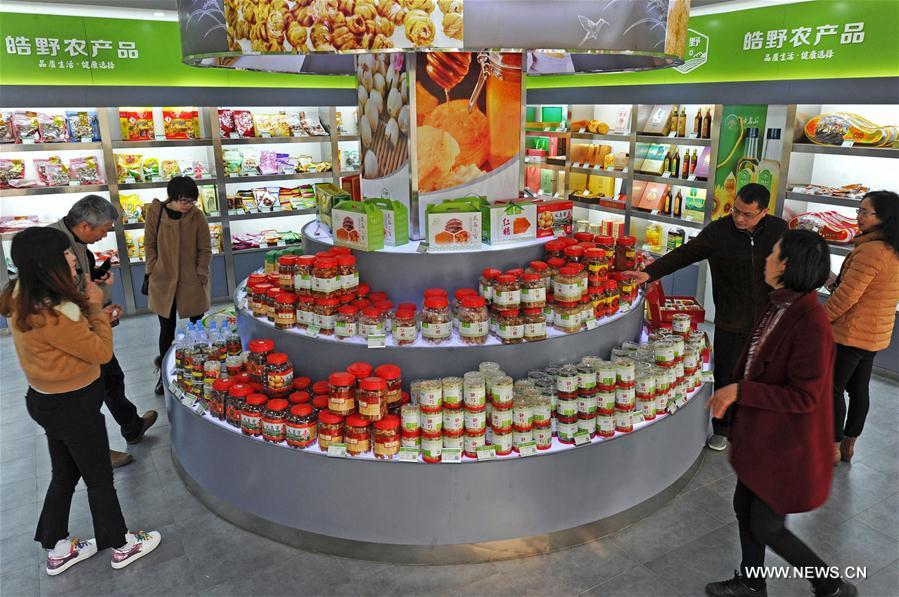China runs a growth marathon, not a sprint
Xinhua, February 23, 2017 Adjust font size:

People select agricultural products in Yiwu, east China's Zhejiang Province, Jan. 3, 2017. (Xinhua/Tan Jin)
When China overtook United States as the world's top goods trader in 2013, the country's celebrations were led by Commerce Minister Gao Hucheng.
On Tuesday, in response to the news that the United States had retaken the lead by about 20 billion U.S. dollars in 2016, Gao was more sanguine: For major trading powers, short-term data anomalies are perfectly normal.
Gao is more focused on a change of trajectory. China is weaning itself off its dependence on cheap exports and foreign money. For the past thirty or forty years, China has been the acknowledged master of sustained growth. The trick now is to move up the value chain and convert that "sustained" into "sustainable."
Fluctuations in exchange rates and commodity prices drove China's exports and imports down in 2016, but as Gao says, it is no longer about blind expansion. It is about resources, it is about the environment. The era of "damn the torpedoes, full steam ahead" development has ended.
Today, says Gao, growth must come through quality and efficiency. Cheap labor, land and resources are no longer the order of the day. Now, a significant portion of China's trade involves imported raw materials and assembly of imported parts into finished products that are then re-exported.
Labor and land costs are rising rapidly. The old pattern is failing. Dirty factories harm the environment. Foreign trade relies on foreign exchange that brings uncontrollable vulnerability. Protectionists circle like vultures.
The solution lies in higher value-added and higher quality products. Progress is already noteworthy.
In 2016, exports of large and heavy equipment grew steadily. This progress was shadowed by growth in aerospace and optical communication products. Processing trade -- putting together imported bits and pieces of other countries' products and shipping them overseas again -- slipped to less than one third of total trade.
Export standards have improved, along with techniques, brands and services in what Gao Hucheng describes as a "historic transformation."
The rest of the world could benefit from China's sustainable strategy, as "Made in China" makes a semantic shift from "cheap and shoddy" to "reasonable and reliable."
China hopes to import 8 trillion U.S. dollars of goods in the next five years. Chinese travellers overseas will carry with them huge amounts of revenue for entrepreneurs at their destinations.
What China seeks is common prosperity: a community of shared future for mankind. That will inevitably mean coordination, consistency of governance and economic globalization: an open, inclusive, balanced society that benefits us all.
As protectionism rears its ugly head, new setbacks are on the horizon.China will not waver from restructuring nor from its commitment to open trade and free trade for all.
